30 Million Years Later…
How long after the sixth extinction will it take to restore biological diversity to its previous level?
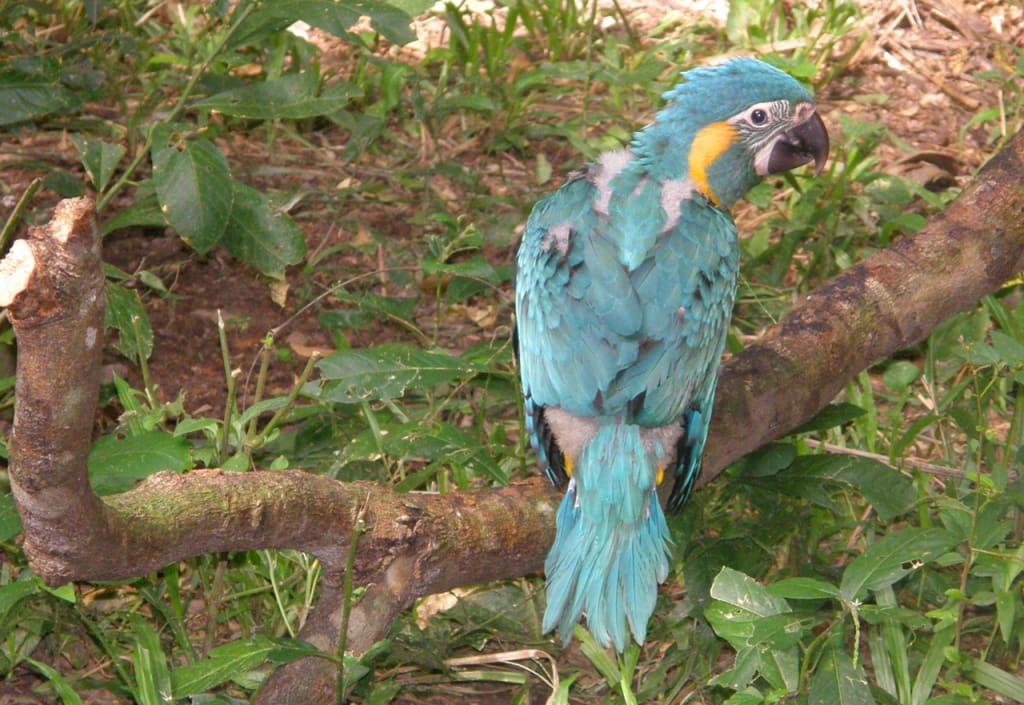
These days, I'm often thinking of a talk I heard on the topic of migration, a phenomenon that may or may not exist by the end of the century.
The speaker, laughing nervously, said something like, “I know it looks bad now, but all hope is not lost. It won’t take longer than thirty million years after we’re extinct for the Earth to return to its previous level of biological diversity.”
I should have asked where he got that number while I had the chance because I’ve never been able to track it down. Surely, it won’t take thirty million entire years. It might not even take ten million.
Of the Permian extinction event, which killed off 90% of the Earth’s species — and virtually sterilized the oceans — National Geographic tells us this:
“Death creates opportunity. Survivors occupy vacant niches. Within a million years synapsid diversity recovered. One lineage produced our ancestors, the first mammals.” — “The Permian Extinction: When Life Nearly Came to An End,” National Geographic
Synapsids were the largest land vertebrates of the Permian. One genus, Lystrosaurus, survived the great extinction to expand into all those empty habitats left open.
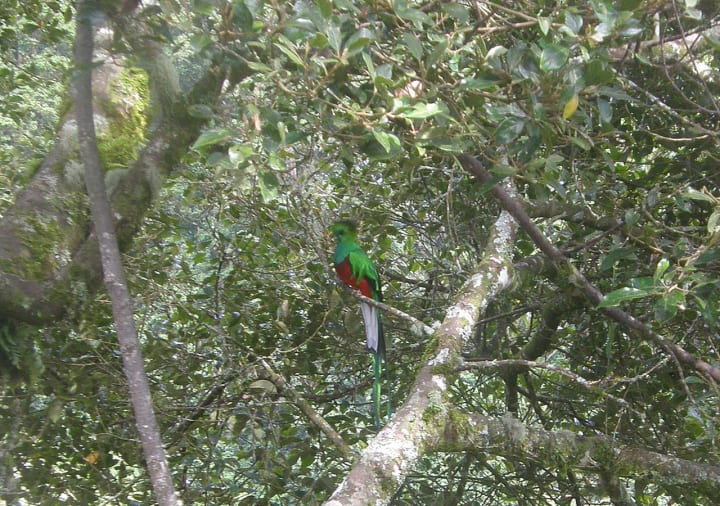
So, on its surface, the Triassic period offers us an encouraging example of how life will find a way. And life won’t dilly-dally around about it either.
All those open habitats will get filled. Species not wiped out will adapt and diversify to thrive in their hotter, wetter world.
What has been done before can be done again.
Dig deeper, though, and you start to wonder what you’re supposed to take away from this story.
Scientists at the University of Washington have uncovered evidence that Lystrosaurus could enter hibernation or torpor. Maybe it rode out the extinction event in its sleep.
Be that as it may, it’s hard to ignore that our mammalian ancestors were notorious for not doing much of anything very impressive for the 186 million years that came after the Permian extinction. Dinosaurs ruled the Earth, while mammals cowered (or napped) in their burrows.
There’s no debate about who made a better showing the last time the Earth was 14 degrees Fahrenheit hotter and mostly underwater.

Whether it takes one million or thirty million years to recover its diversity, no one seems to doubt that life will always make a comeback.
“Earth will be fine,” you hear people say. “It’s humans who are in trouble.”
Evolutionary biologist and note of cheer Henry Gee put it this way:
“H. sapiens might therefore already be a dead species walking.
The signs are already there for those willing to see them. When the habitat becomes degraded such that there are fewer resources to go around; when fertility starts to decline; when the birth rate sinks below the death rate; and when genetic resources are limited — the only way is down.” — Henry Gee, Scientific American, Nov. 30, 2021, “Humans Are Doomed to Go Extinct”
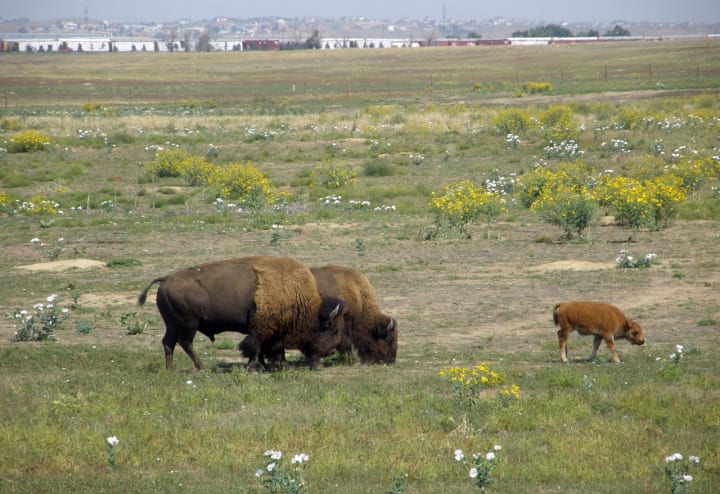
And who’s to say he’s wrong?
He’s the evolutionary biologist. I’m a person who scribbles things for a living.
Still, I can’t find it in myself to get excited about the imminent extinction of a species with a population numbering over eight billion. My sympathies are for the rare and beautiful and innocent creatures with populations dwindling down to nothing right before our eyes.
In thirty million years, the world will be as full of rare and mysterious creatures as it is today. They won’t be our rare and mysterious creatures though— the only ones we can ever truly know.
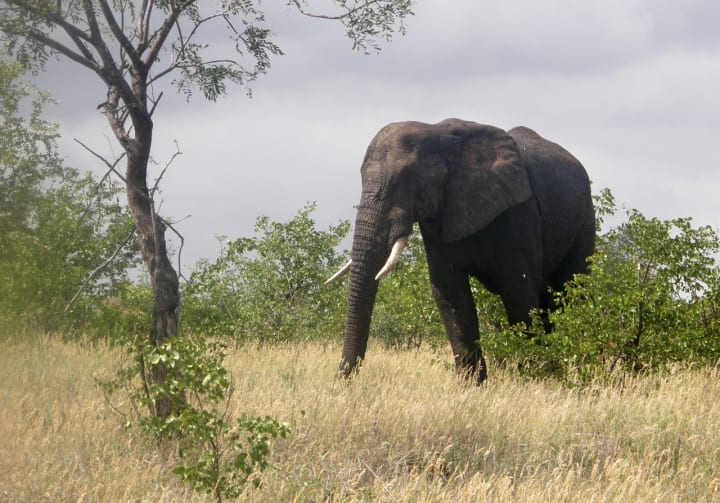
However, all is not yet lost. Check out the spunky individual in my feature photo. The Blue-throated Macaw is an amazing recovery story that I return to again and again whenever I need a double shot of hope.
You may find it equally inspiring:
Author Notes & Photo Credits
This story was originally published under the same title on May 19, 2023 on Medium, but now you can read it here without encountering a paywall.
All photographs in this story are original photographs created by me. All animals in these images are wild animals. Read on for more information about when & where they were taken.
Blue-throated Macaw feature photo. The wild Blue-throated Macaw in this image is still a day or so away from fledging. It was briefly removed from its nestbox in Beni, Bolivia in April 2011 for measurements by the field technicians studying the recovery of the species.
Resplendent Quetzal, male. Costa Rica, 2008.
Triceratops Track. Triceratops Trail, Denver, Colorado, 2009.
American bison. The former Rocky Mountain Arsenal site is unfit for human habitation, but these endangered (and previously near-extinct) American bison are making a comeback on the property, which has been converted into a wildlife refuge. Colorado, September 2009.
African elephant. Their ivory has made elephants the target of brutal smugglers. Kruger National Park, South Africa, January 2012.
About the Creator
Amethyst Qu
Seeker, traveler, birder, crystal collector, photographer. I sometimes visit the mysterious side of life. Author of "The Moldavite Message" and "Crystal Magick, Meditation, and Manifestation."
https://linktr.ee/amethystqu


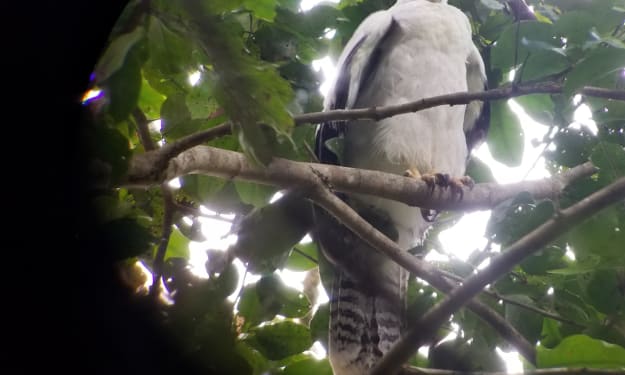



Comments
There are no comments for this story
Be the first to respond and start the conversation.